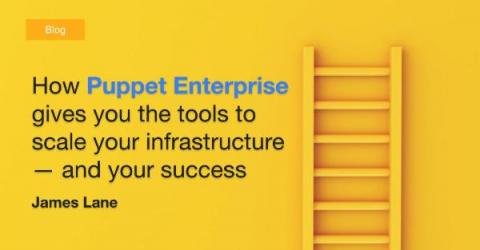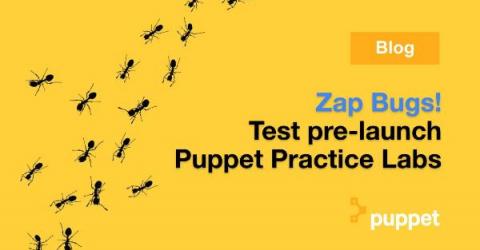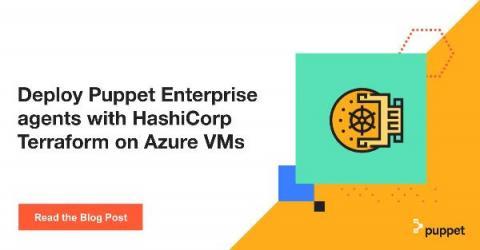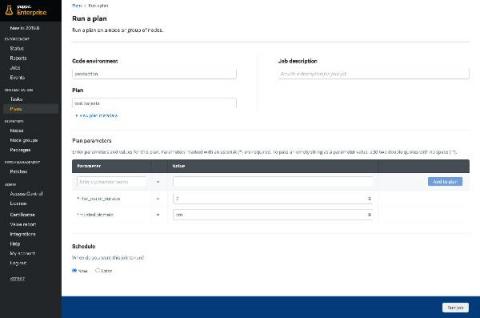How Puppet Enterprise gives you the tools to scale your infrastructure - and your success
This is the second post in a four-part series on why Open Source Puppet users have made the decision to move to Puppet Enterprise. If you’re considering making this change, read on for pros and cons! As more and more businesses are moving from Open Source Puppet (OSP) to Puppet Enterprise (PE), they are experiencing multiple benefits. In this blog series, we’re exploring the biggest benefits we hear from customers about their experience moving from OSP to PE.











